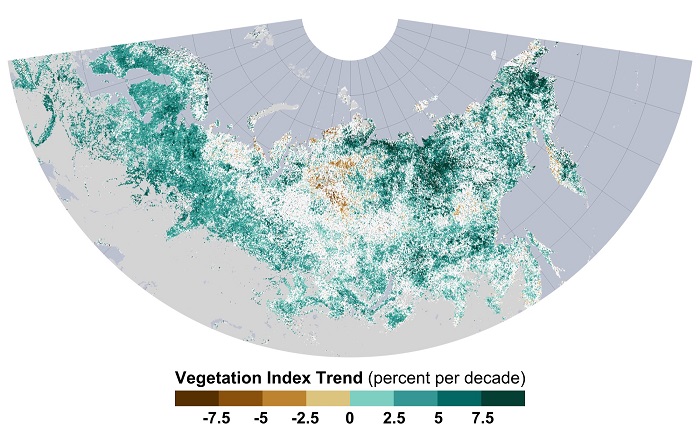Podcast: Play in new window

BOB HIRSHON (host):
A greener Arctic. I’m Bob Hirshon and this is Science Update.
Climate change is warming the Arctic. Now, researchers confirm that the increased temperatures are bringing vegetation to areas once covered in snow. UC Berkeley scientist Trevor Keenan and his team analyzed 30 years of satellite images from the coldest parts of the Northern Hemisphere. He says the massive greening they documented can disrupt every level of the food chain.
TREVOR KEENAN (Lawrence Berkeley National Laboratory and UC Berkeley):
If you change the landscape you change everything else in an ecosystem that depends on the vegetation that’s there. So it’s a massive perterbation to ecosystems in quite a very short amount of time and that doesn’t give time to a lot of the components of the ecosystems that have evolved to live there to catch up.
HIRSHON:
The researchers write in the journal Nature Climate Change that the new vegetation also absorbs more light from the sun, leading to even further warming. I’m Bob Hirshon, for AAAS, the science society.
Story by Susanne Bard
